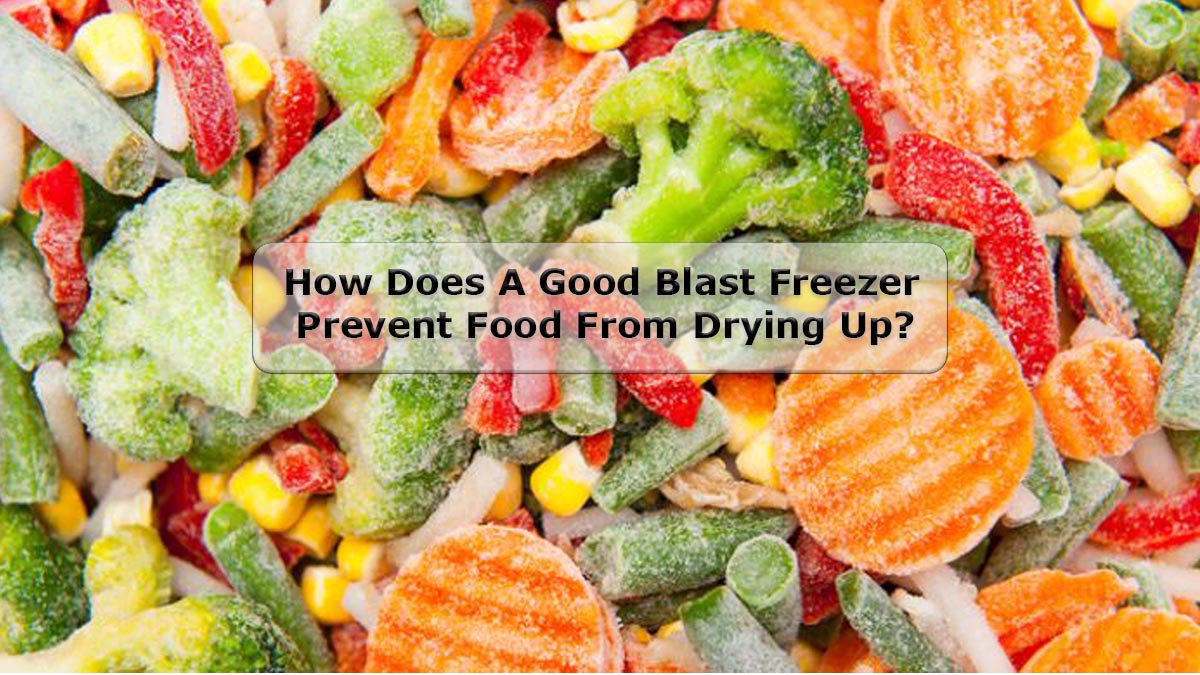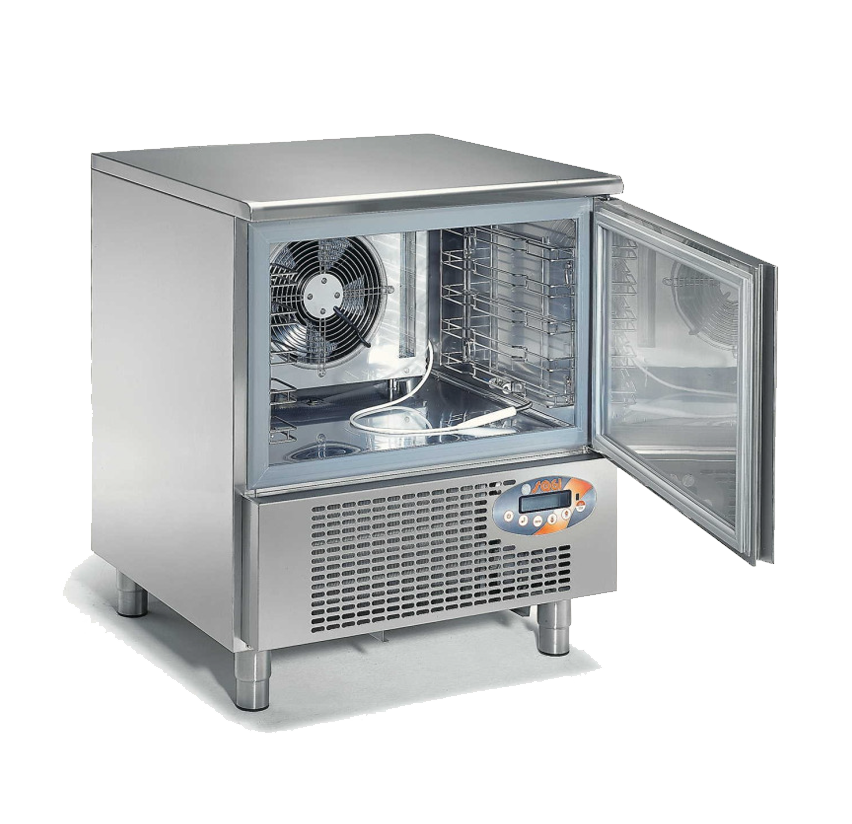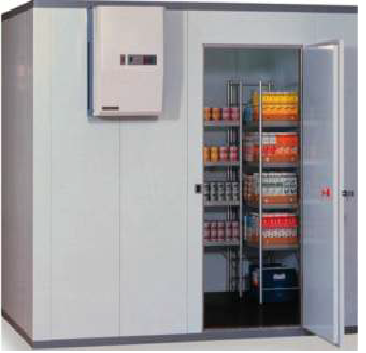A well-functioning blast freezer requires very low temperatures in the region of -35C. It also requires a fan with velocity high enough to quickly freeze the product but slow enough to not dry the food or add a high heat load in the machine.
It is important that the surface of the food is frozen in the shortest possible time so that the water loss is reduced. frozen surface also helps in faster freezing of the food core. Food would dry up a lot more if the freezing were to take longer in the blast freezer. If a frozen skin is not quickly formed on the exterior of food, the surface absorbs water from the interior of the food which in turn makes it limp, wilty & unappetizing.
To summarize, we need blast freezers to generate an air velocity of ~1200 feet per minute and maintain a temperature of -35C or less to reduce drying up of the food inside.
Can a cold room work as a blast freezer?
If we install high speed fans in a cold room and blow it over an incoming product, it will surely freeze the product faster. However, there will be two disadvantages:
The temperature of the cold room will rise and the products already stored in the room will be affected adversely.
The temperature of the freezer room is ~ -20C whereas the temperature needed for a blast freezer is -35C.
Can A Blast Freezer be Substituted by a Chest Freezer at -30C ?
The answer is ‘no’. A freezer will have all the hot air collected at the top and cold air collected at bottom due to the difference in density and effect of gravity. Therefore, the product at top will not freeze. Similarly, the product near the freezer walls will have cold air next to it but the product in the middle will have warmer air next to it & will not freeze.



